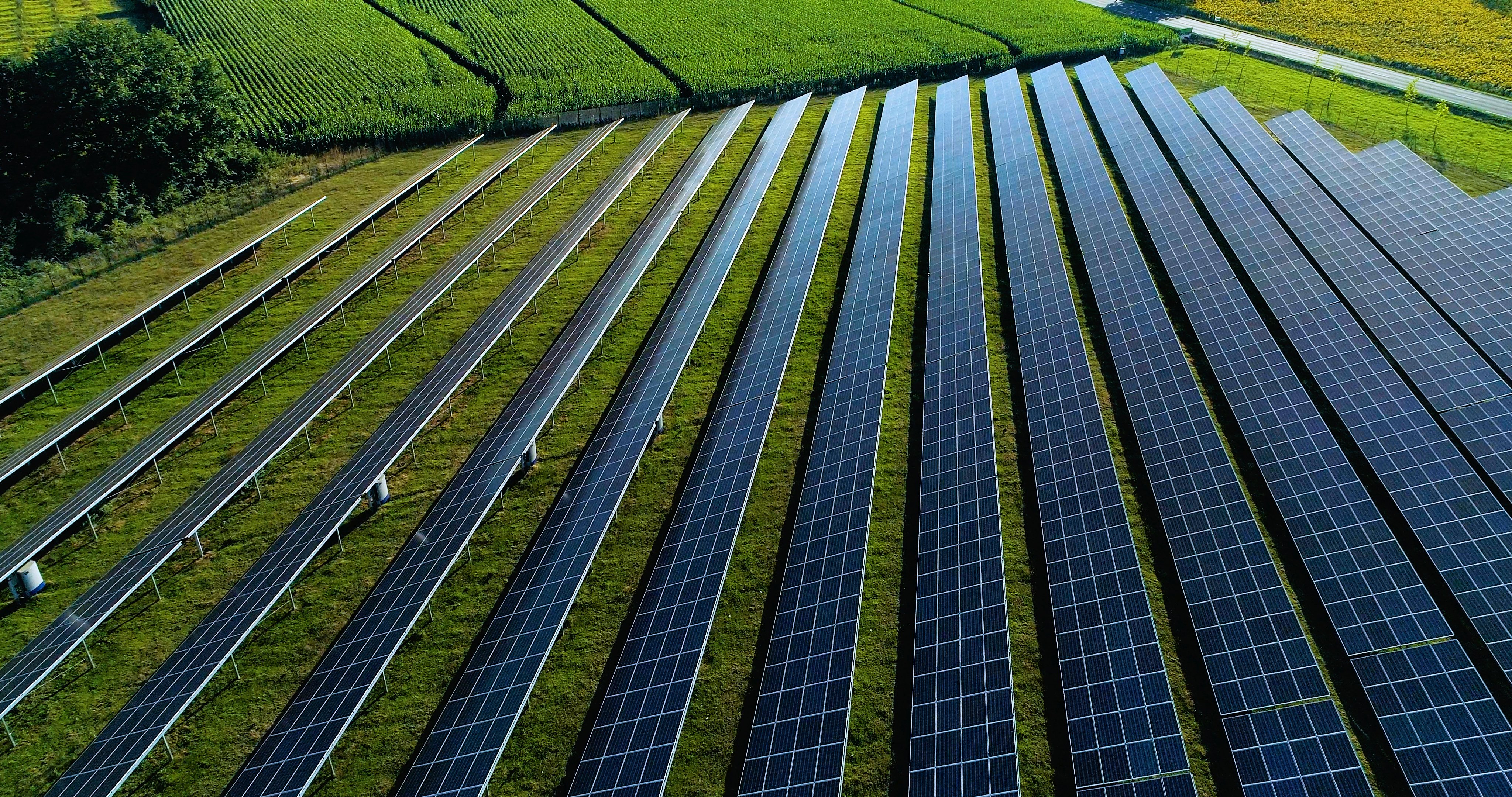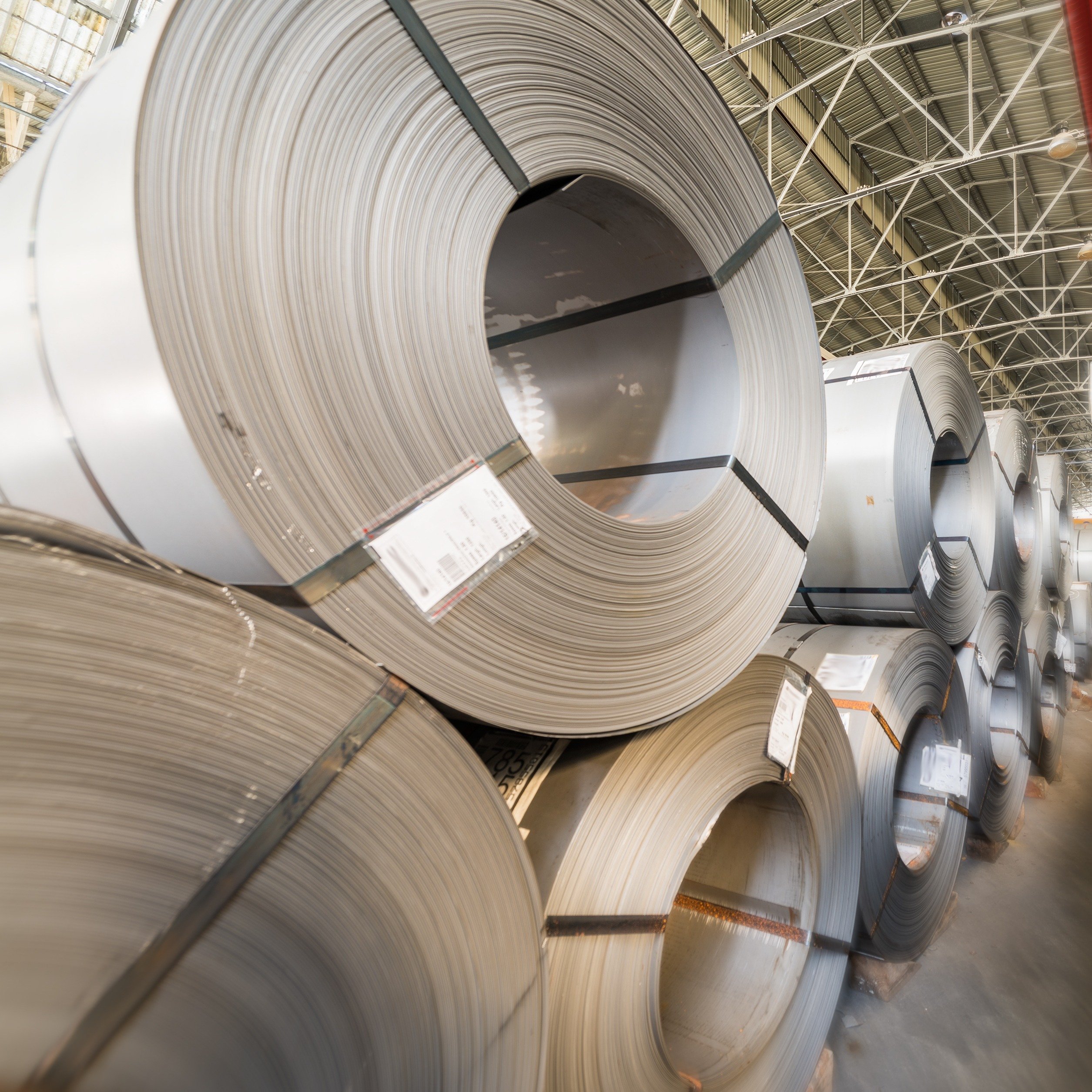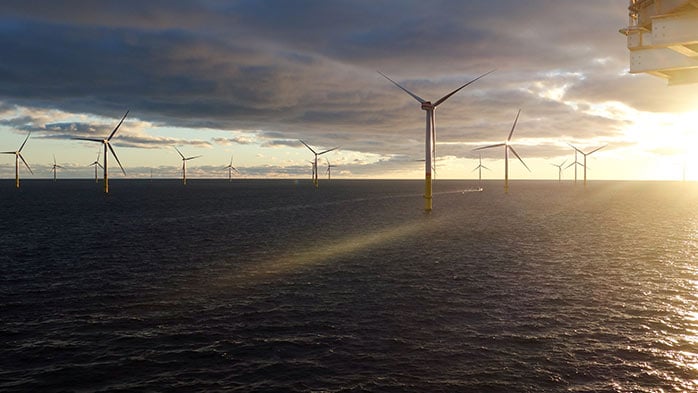CRU’s Wire and Cable analysts recently took the opportunity to attend FiberConnect 2025 – the largest fibre optics conference in North America connecting both domestic and international players operating within the region. In line with CRU’s recent Optical Fibre and Cable reports, major themes continue to dominate the narrative in the US market, including fibre policy and the timeline and implementation of the Broadband Equity, Access and Deployment (BEAD) Program, fibre cable deployments for fibre-to-the-home (FTTH), smart home integrations, deployment expansions and constraints, rapid evolution in end-use markets (e.g. datacentres, AI), and many more.
Throughout the conference, the timeline of the BEAD program was a major talking point that has underpinned growth for rural broadband in the US, especially with Tier 2 and 3 service providers. As per our recent Optical Fibre and Cable Market Outlook report, the Commerce Department has delayed releasing updated BEAD guidance until summer 2025, with the new timeline expected to be in June or July. This delay follows an ongoing federal review initiated by the Trump administration, which is considering “significant” changes to BEAD.
Among the proposed changes are the removal of diversity, equity and inclusion requirements, a shift toward a more “technologically neutral” approach that would reduce or eliminate the current preference for almost full fibre-optic projects, and the potential introduction of per-location spending caps. Other modifications under consideration by legislators involve removing affordability requirements, prevailing wage standards and climate resiliency rules. While these fibre policy changes aim to streamline the program that funds broadband expansion to bridge the digital divide, experts caution they could delay project rollouts by over a year.
These developments also acknowledge the ongoing financial and practical limitations of deploying fibre to every unserved area, especially in very rural locations. However, top-tier internet service providers (ISPs) remain optimistic about the timely arrival of BEAD funds in the near future, while some middle to low-tier players have seemingly lost faith in the program’s timeline and are instead focusing on utilising private funding and private equity partners to expand their networks.
Based on CRU data, as of now, all 56 eligible entities have completed all phases up to the challenge process, while only four states (Nevada, Louisiana, Delaware and West Virginia) have completed their ISP selection processes, with three of those states (Nevada, Louisiana, Delaware) also sending their final proposals to the NTIA for final approval. The program's progress is underpinned by the National Telecommunications and Information Administration (NTIA)’s issuance of a programmatic waiver granting all entities a 90-day extension for submitting their final proposals.
The extension is designed to accommodate expected BEAD-related fibre policy changes by giving states time to modify their plans according to new federal requirements. While most states are nearly finished selecting subgrantees and approving project funding, potential federal policy shifts could affect both state schedules and the scope of their broadband projects.
The conference also underscored the evolving trends in FTTx installations (including FTTH), particularly the shift towards more efficient and future-proof solutions. While pre-connectorized cables offer faster installation and consistent quality, fusion splicing continues to be favoured for its cost-effectiveness and future-proofing capabilities.
Another key trend was the acceleration of smart home integration in the US and increased demand for bandwidth. According to research by the Fiber Broadband Association (FBA), the average US household is projected to require over 2 Gbps of broadband speed by 2030, driven by the explosion of IoT device ecosystems and thus increased fibre broadband needs. Other organisations such as Parks Associates have highlighted during the conference that about 45% of homes in the US own at least one smart home device, at that the average number of connected devices owned by households has doubled in the last ten years.
In addition, companies like Sumitomo Lightwave, AFL, and Lightera have pushed for the increased use of high-density ribbon cables, using bend-insensitive single-mode fibres such as G.657.A2 with diameters between 200 and 250 microns. For instance, Sumitomo’s Freeform Ribbon™ cable product has up to 6,912 fibres for large outside‑plant cable configurations and long-haul connections (i.e. FTTH, datacentres interconnect, etc.) and up to 1,728 fibres for indoor plant applications.
According to players, ribbon cables will use more compact drop closures in small handholes, significantly reducing labour requirements, material costs and installation space needed for last-mile deployments. These developments have also been met with increased attention towards using microducts, as the aforementioned cabling solutions are suitable for many applications and needs from 5G backbone networks to FTTx/FTTH installations.
Furthermore, some companies such as YOFC and Sumitomo have showcased hollow-core fibre (HCF) technologies. HCF represents a breakthrough in optical communications by transmitting light through an air core rather than traditional solid fibre. This design delivers approximately 40% faster transmission speed, and 30% lower latency compared to conventional fibre optics, making it particularly valuable for applications demanding ultra-fast data transmission like data centres, AI systems and high-frequency trading.
However, producing hollow core fibres involves complex fabrication processes that are more challenging than those used for traditional solid core fibres. The precise construction of the hollow core and the intricate design of the cladding structures are quite specialised and require advanced manufacturing techniques. Also, the specialised manufacturing processes required for HCFs contribute to their higher cost compared to traditional solid core fibres, suggesting mass commercialisation is unlikely in the near-term.
Aside from product offerings, participants emphasised the urgent need for more middle-mile fibre infrastructure in the US, stressing the importance of redundancy and competitive options for internet providers. A new FBA study reveals that rural areas particularly lack adequate middle-mile networks, driving up internet costs.
The research found that many existing middle-mile networks were built based on outdated bandwidth assumptions and do not meet current household needs. To optimise performance, there should be a focus on keeping middle-mile infrastructure routes as short as possible to minimise latency and maximise transmission speeds for fast, affordable broadband access.
Main takeaways from FiberConnect 2025
The fibre optic and telecommunications industries continue to face significant workforce and environmental challenges, particularly in the deployment of new infrastructure, securing permitting from utility poles, and finding new technicians and field trades. Inconsistent state environmental permitting requirements are slowing project approvals and raising costs, highlighting the need for coordinated workforce development and streamlined regulations to support industry growth.
The AI-driven data centre boom is significantly increasing demand for optical cables, especially for data centre interconnect cables with 1,000+ fibre counts for within- and between-campus connections, where current supply levels being outpaced by the rate of buildouts. In addition, Tier 1 carriers such as Verizon, AT&T and T-Mobile remain optimistic for their fibre deployment goals by the end of the decade, with AT&T targeting 50 million connections by 2030 and T-Mobile aiming to achieve between 12 and 15 million connections by the same year.
Overall, the US optical fibre and cable market has shown resilience and robust demand growth this year despite fibre policy details, driven by the increasing need for high-speed internet and the expansion of data centres, especially from hyperscale operators (i.e. Amazon, Meta, Google, Microsoft). Continued investment in rural broadband and state-level BEAD initiatives is fostering this growth, despite ongoing delays.
Significant growth in data centre construction – particularly in urban areas – supports the rising demand for AI and cloud computing needs. Ongoing advancements in fibre optic technology, including smaller-diameter ribbon and drop cable solutions and improved installation methods, are enhancing network efficiency and reducing costs, positioning the industry for continued growth in the mid-term.
For further coverage of these developments, please reach out to our team regarding CRU’s Wire and Cable service for more in-depth analysis on the optical fibre and cable markets.

















